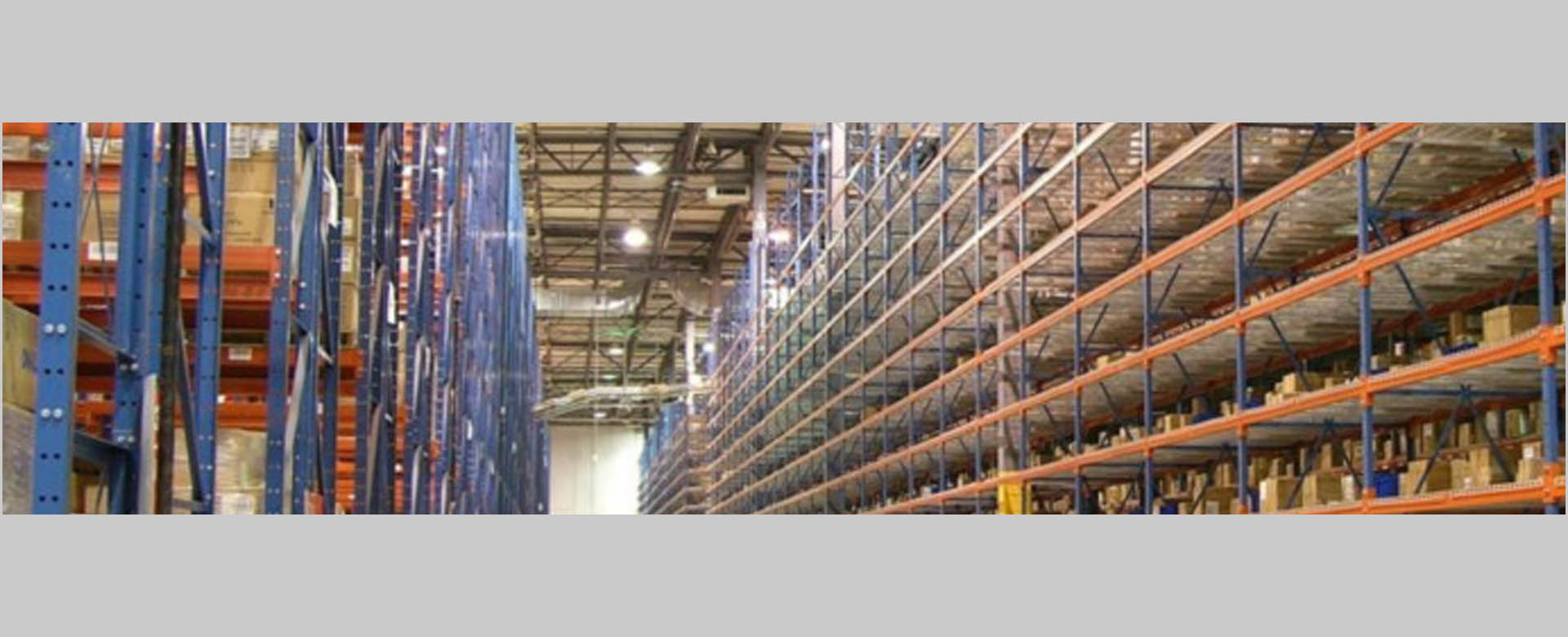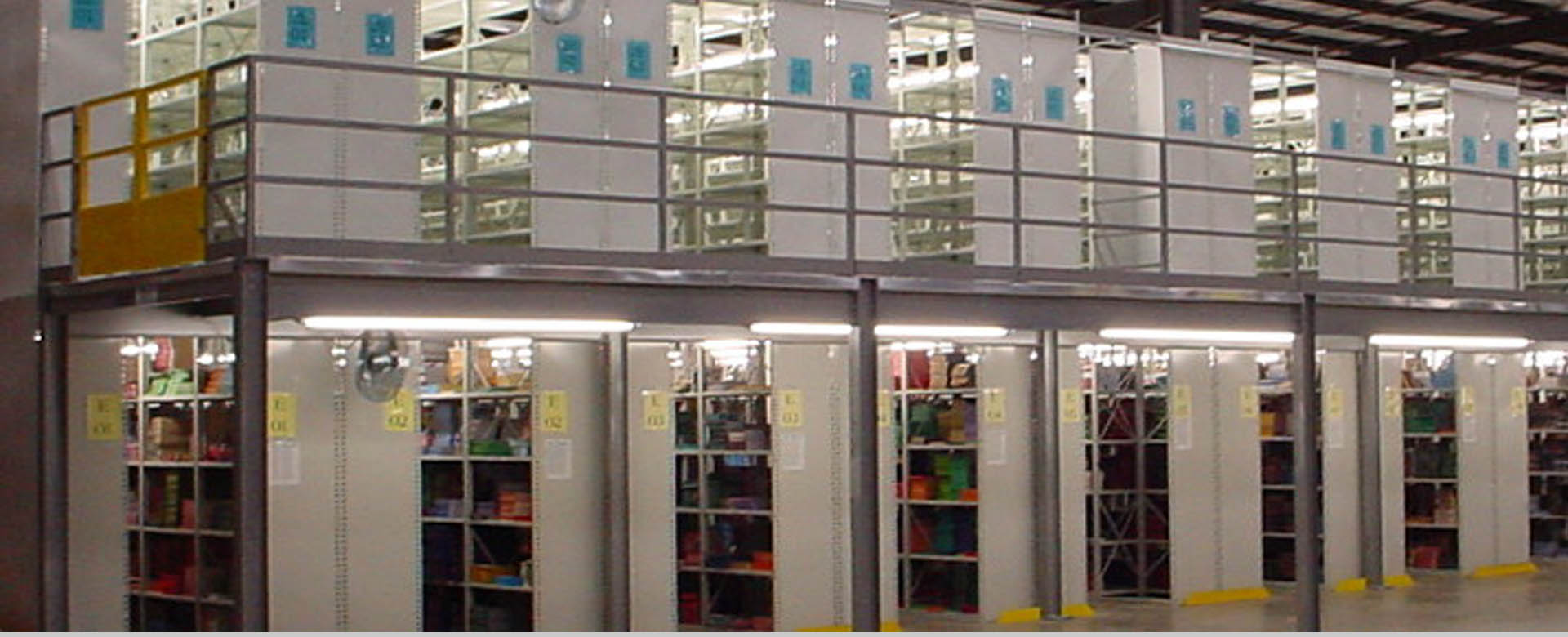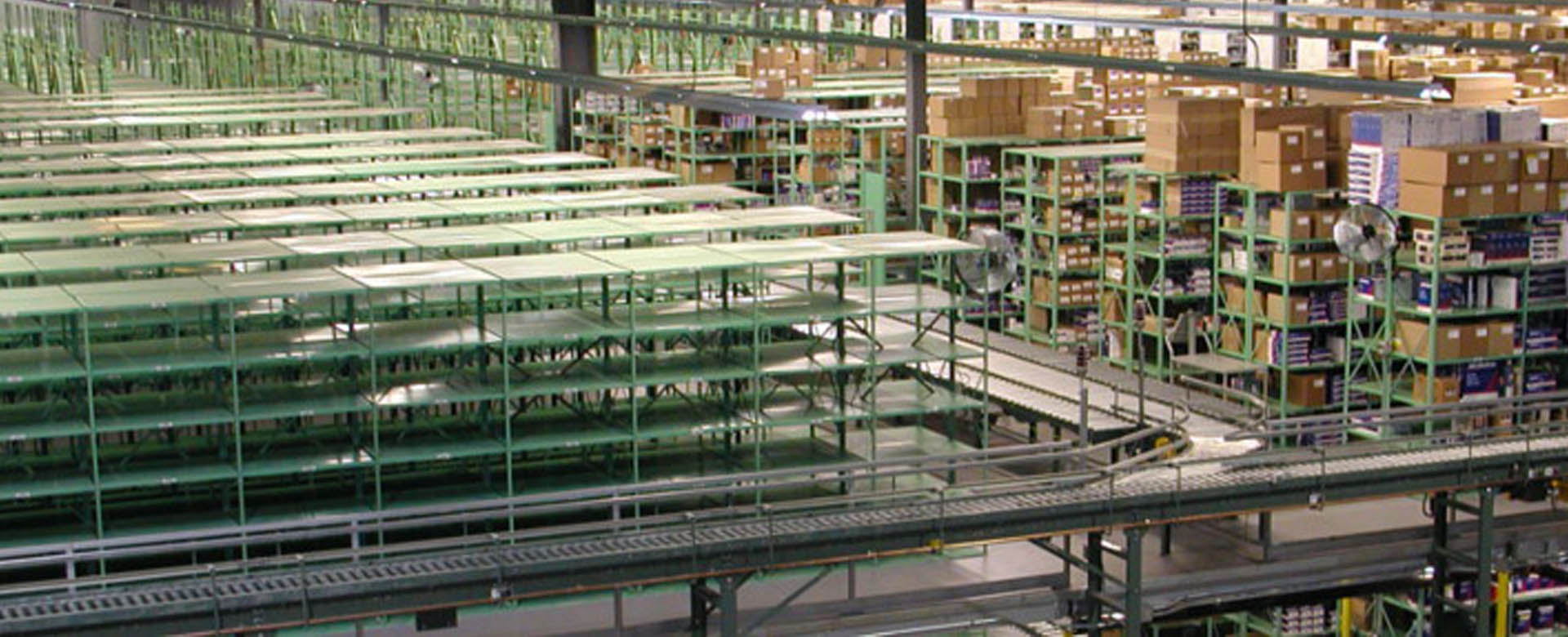How Systems Integration Works | Siggins
What to expect from your systems integrator
Distribution center capacity is simple in theory and complex in practice. You hire more people, expand your space when feasible and, if you can stretch your budget even further, install a new piece of technology to get shipments out faster.
But misapplied technology jeopardizes your work. A space upgrade is costly and complex. And finding more labor in a tight market is difficult at best, impossible at worst.
The right systems integrator redesigns your operations to provide predictable YOY growth. The wrong systems integrator does more harm than good, setting you up to fail by scaling a poor-fit technology.
So what makes for a good systems integrator anyway? And how do they do the work they do? We break it down for you here.
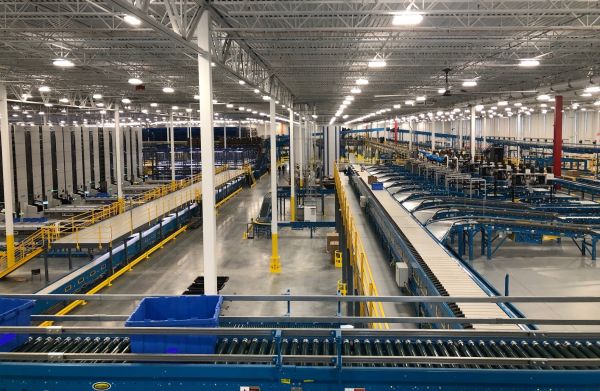
When do organizations turn to a systems integrator?
Warehouse owners work with systems integrators when they’re encountering or predicting operational challenges. Organizations normally come to us with a combination of three issues:
- ·Insufficient throughput
- ·Insufficient labor
- ·Insufficient space
With most facilities, we often discover that problems of throughput, labor and space are symptoms of a larger underlying issue: flow.
Flow describes the path goods take through your facility, considering the capacity of each touchpoint in your operations to meet demand. While throughput focuses on end results — how many packages you’re shipping out of your warehouse — analyzing flow identifies the current and future bottlenecks that threaten your efficiency.
Let’s say that five of your employees currently ship out 500 packages a day. You might assume that, as demand rises, you can use 20 employees to ship out 2,000 packages a day. Not quite.
Without proper integration, hiring more workers means more people in each other’s way, diminishing returns on labor spend without a clear road back to efficient operations. Addressing flow makes your operations scalable.
Organizations often come to us hoping for a 10-15% improvement in throughput. We routinely deliver 30-40% improvement with less labor required and a plan that accommodates 3-5 years of growth. It’s tough to believe. But look at our process and you’ll begin to understand how.
How does systems integration work?
It depends on what kind of systems integrator you partner with. Some systems integrators are product-focused: They work with a specific kind of equipment and help you implement it into your distribution center. These systems integrators are generally less focused on improving the overall design of your facility and instead aim to install their equipment as reliably and affordably as possible.
Other systems integrators, like Siggins, are holistic. Holistic systems integrators consider the full scope of your operations, designing solutions to improve efficiency at potentially every touchpoint in your facility — including receiving, storage and shipping and any value added services.. This kind of systems integration works to deeply understand your operations, budget and goals before providing product recommendations.
Holistic systems integration has two phases: design and build. A good design leads to a speedy, affordable installation process that avoids downtime while your facility is upgraded. And a good build provides your facility with a reliable, flexible new system that can easily scale to meet new demand over several years.
Design translates data into a plan
The design process begins with data collection. At Siggins, we start by asking for data you’ve collected, but visit your facility as well.
We use site visits to gather information about your operations and stay ahead of surprises down the line. During these visits, we also identify places where misapplication of current technology has added more touchpoints to your operations or created bottlenecks.
For your design, a holistic systems integrator selects technology that meets your organization’s growth goals. That could be a robotic goods-to-person system, new WMS features, a conveyor system, or just a reorganization of your current assets to maximize output and efficiency.
We draft several potential designs before working with you to land on the right option. We collaborate with you to arrive at a design that delivers value and fits your mindset (and budget).
The build phase streamlines execution
Once a design is confirmed, the build phase can begin. A good systems integrator will plan and execute an installation process that keeps your operations running while the upgrade is performed. While some systems integrators successfully complete projects with occasional in-person work, at Siggins, we prefer a more hands-on approach. We have staff on site regularly during the entire process, accelerating implementation and handling roadblocks so you don’t have to.
With this approach, your project has a full team working with you from day one through completion, without a handoff from a design team to a delivery team. We handle project management, you focus on your ongoing operations.
Improvements to your facility can be done in phases to meet your budget and timeline. But after installation, we don’t drop a bill on your desk and say goodbye. We stand ready for ongoing support, ensure you’re tracking toward your goals and continue to find ways to help your organization grow. Privately owned and debt-free, you can trust we’ll stick with you for the long haul.
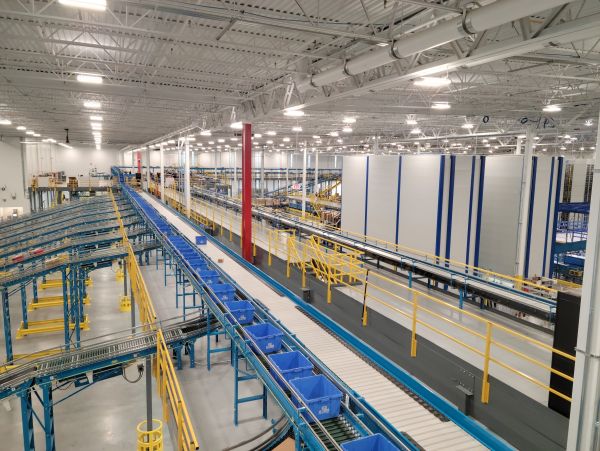
What else should I know about systems integrators?
Most systems integrators have close business ties to specific equipment brands. They might be an affiliate of a particular manufacturer or operate with agreements to market their partners' products over the competition.
These kinds of relationships can give these systems integrators added fluency in a manufacturer’s offerings. And if you’re already committed to a certain solution, it could make sense to reach out to a systems integrator that’s likewise committed to that product line.
But financial ties between systems integrators and manufacturers can also compromise your project. Facilities avoid risk and gain efficiency when they don’t pigeonhole themselves into a solution at the outset of an upgrade. If your systems integrator tries to sell you a plan before they’ve studied your operations, they might not be looking out for your best interests.
Siggins commits to improving warehouse operations, not equipment brands. Unlike other systems integrators, we operate independently of manufacturers. Our approach is solutions-agnostic: We don’t pitch you on any particular equipment before we fully understand your facility and its operations. And when we do recommend equipment, we recommend it because we know it’s the right option — not because we’re married to a manufacturer.
Want to talk about your distribution center?
Even if you’re not yet ready for a full design and build project, we want to hear from you. A no-pressure call gives us the opportunity to offer recommendations to improve your operations, even without further commitment. Reach out and we’ll be in touch within a business day to see how we can help.



